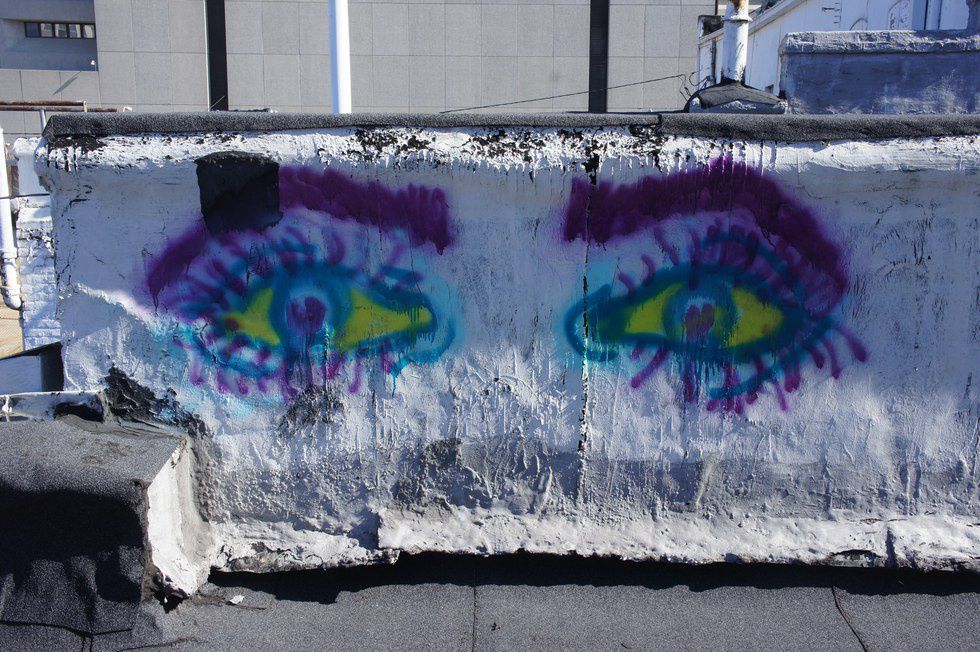A few months ago, a friend and I decided to go on a photo adventure around the downtown Jackson area. While taking shots of whatever caught our eye and climbing up various buildings and rooftops, he showed me a place that could be best described as a hidden art exhibit of Graffiti. My friend and I were pretty familiar with the area and have seen in the past various murals and street art displays in public areas. This was different though.

The pieces of Graffiti displayed were more like art pieces than displays of mindless vandalism. Each work seemed intentional and worked towards a goal of being creative and aesthetically pleasing and needless to say I was awed by the beauty of it all.
When most people talk about Graffiti it is most frequently thought of with some negative connotation. Many consider it to be vandalism or even property destruction. But for all intents and purposes Graffiti has existed for quite some time now, as far back as prehistoric times even and has also given people insight into more recent cultures and civilizations as well. But the question that lingers in most people's mind is, can graffiti be considered art?
I guess another question that also comes to mind is, what is art? An interesting thing to think about when discussing things like Graffiti, is the fact that whether or not we agree with it Graffiti is a form of art. If we focus through a postmodern viewpoint, who gets to say that a graffiti tag is not a work of art? And furthermore, when a city decides to send in a paint crew to cover up new Graffiti, it is usually applied with a roller using a color that is relatively similar, yet far from exact, to the original surface. In the end this almost always leavew patches of mismatched paint. Although it might be somewhat effective at covering whatever mark the artist had created, can we really say that it looks better after that fact?
As mentioned previously, Graffiti art is not new to humankind. Its most current iteration could be considered a new form of Postmodern art, but it still continues to be wrapped up in controversy. If you think about it, there are many other types of art that could be considered Graffiti that I have intentionally avoided to discuss in this article including public works such as murals, sculptures, statues, political stencils, religious iconography, advertisements and a multitude of other visual mediums that could all be subject to discussion. When the topic of what is permissible or aesthetically pleasing is under debate, it is quite possible that there is really no answer as to what form of imagery will suit our likes and dislikes.
As time goes on, our planet is increasingly becoming more culturally and ethically aware. Anyways, topics of controversy will have to be addressed. I just hope that we address them with open minds
.




















